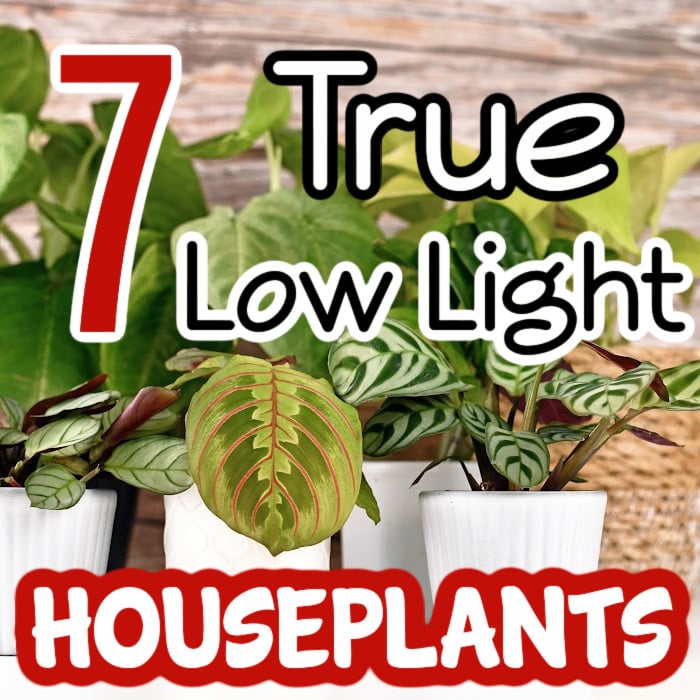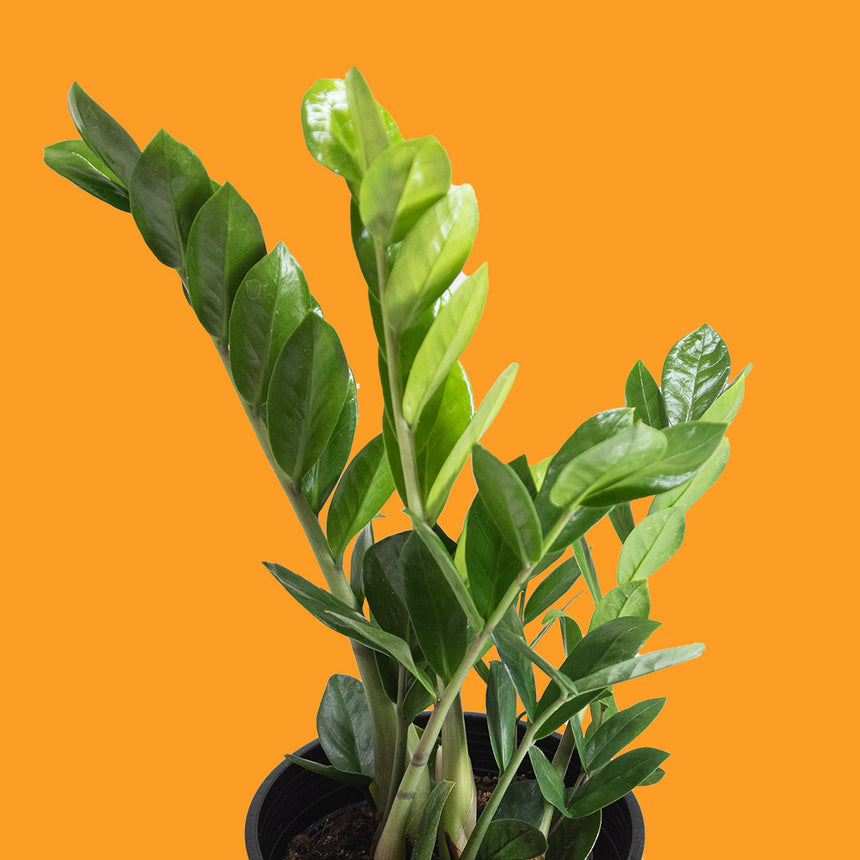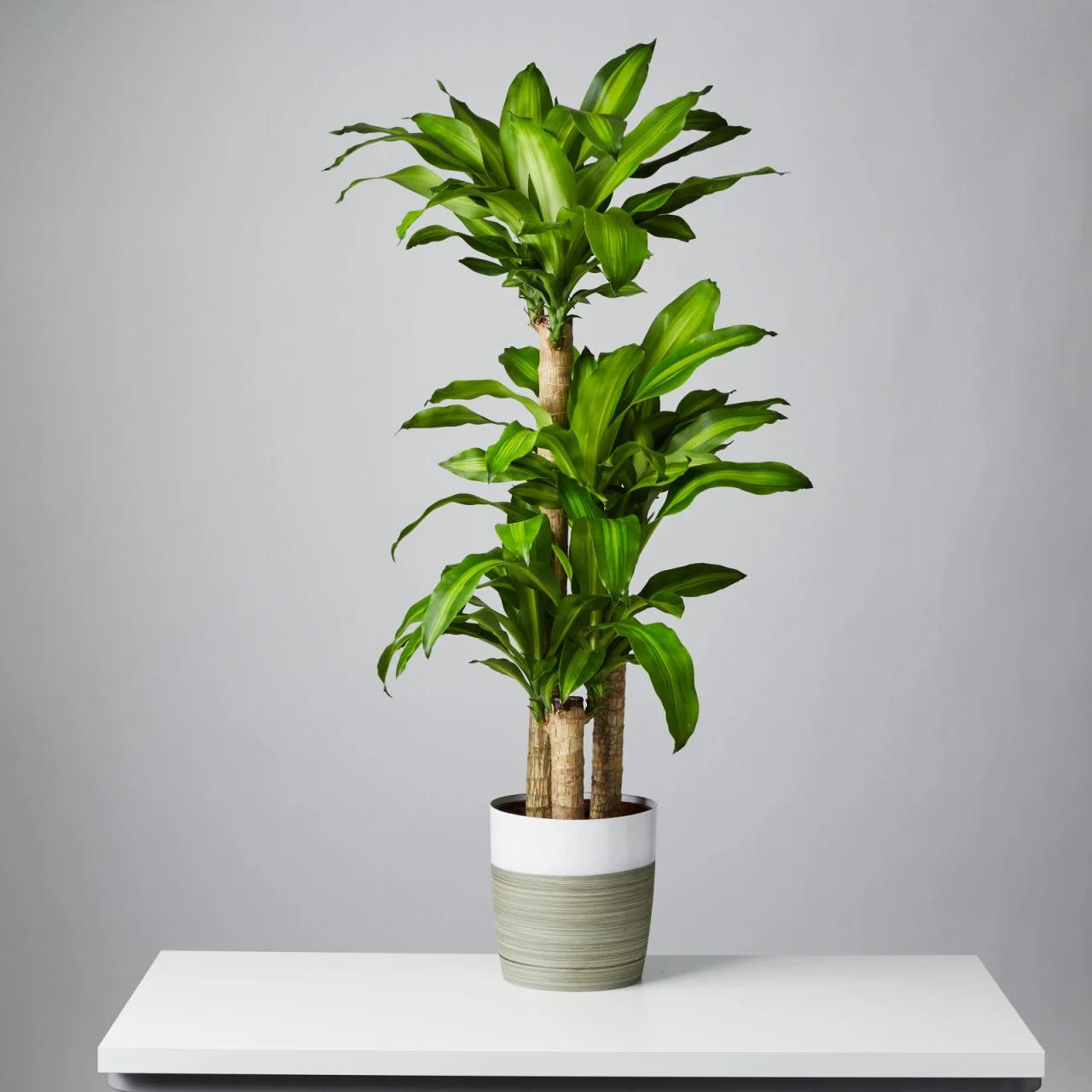Top Picks for the Best Low-Light Indoor Plants to Brighten Your Room
Top Picks for the Best Low-Light Indoor Plants to Brighten Your Room
Blog Article
Uncover the Secrets of Low-Light Indoor Plants and Just How They Boost Your Setting
Low-light interior plants have actually gathered raising focus for their one-of-a-kind capacity to boost both aesthetic appeal and environmental quality within homes and work environments. These resistant varieties, consisting of the Serpent Plant and Peace Lily, not just grow in tough illumination conditions however additionally play a crucial duty in air filtration and emotional wellness. Comprehending the certain benefits and treatment needs of these plants can dramatically impact your living area. As we discover the intricacies of their benefits, you may uncover understandings that could transform your environments in unexpected ways.
Advantages of Low-Light Indoor Plants
Although lots of individuals think that indoor plants need bountiful sunlight to prosper, low-light interior plants supply a wide range of advantages that make them excellent for different settings. One of the main benefits is their versatility; they can flourish in spaces with minimal natural light, such as workplaces, basements, or rooms with tiny home windows. This feature permits people to enhance their environments with plant, adding to boosted appearances without the need for extensive lights alterations.
In addition, low-light indoor plants can considerably improve interior air high quality by launching and filtering system dangerous toxins oxygen, making living areas healthier. Study has actually shown that specific varieties can take in toxins, therefore promoting a cleaner atmosphere. Furthermore, they can enhance psychological well-being by minimizing anxiety and boosting efficiency. The existence of plants has been linked to higher feelings of tranquility and emphasis.
Moreover, low-light plants usually need much less maintenance than their sun-loving counterparts, making them optimal for busy people or those brand-new to horticulture. Their strength enables them to thrive with minimal treatment, hence supplying a fulfilling experience for plant fanatics and beginners alike. In recap, low-light interior plants serve both useful and aesthetic functions, making them important additions to any kind of area.
Top Low-Light Plant Selections
Low-light indoor plants been available in a range of varieties, each offering special attributes and benefits suited for dim atmospheres. Among one of the most popular varieties is the Snake Plant (Sansevieria), recognized for its architectural leaves and air-purifying capabilities. This resistant plant flourishes on disregard and can tolerate a wide variety of light problems.
Another outstanding choice is the ZZ Plant (Zamioculcas zamiifolia), which features glossy, dark green leaves and is very drought-tolerant. Its flexibility makes it a preferred for workplaces and homes with minimal sunshine.
The Pothos (Epipremnum aureum) is additionally a top challenger, with its tracking creeping plants and heart-shaped fallen leaves - Best low-light indoor plants. This flexible plant can be educated to climb or waterfall, including visual passion to any space

Treatment Tips for Low-Light Plants
Caring for low-light interior plants requires a nuanced understanding of their particular requirements to ensure optimal development and vigor. It is vital to pick the right potting mix, as a well-draining dirt is essential to prevent origin rot. A blend made for houseplants, often having peat moss and perlite, works well for the majority of low-light varieties.
Watering is another essential facet of care. Low-light plants typically call for less frequent watering compared to their sun-loving equivalents. It is suggested to check the top inch of soil; if it really look at this site feels completely dry, it's time to water. Overwatering can result in problems such as mold and mildew and root decay.
Fertilizing ought to be come close to with caution. Throughout the growing season, a diluted liquid plant food can be used monthly, but in cold weather, several low-light plants go into inactivity and require little to no fertilizing.
Lastly, it is very important to regularly clean the fallen leaves to eliminate dust, allowing for better light absorption. By sticking to these treatment ideas, you can cultivate a flourishing atmosphere for your low-light interior plants, enhancing both their appearance and long life.
Enhancing Air Quality With Plants
Indoor plants play a considerable function in enhancing air quality within homes and office. With the procedure of photosynthesis, these plants take in carbon dioxide and release oxygen, adding to a much healthier environment. Furthermore, certain low-light interior plants possess the capacity to filter damaging contaminants, such as trichloroethylene, benzene, and formaldehyde, which are frequently found in indoor environments.

Furthermore, the visibility of interior plants can increase humidity levels, which helps alleviate completely dry skin and respiratory issues, even more improving overall wellness. This ability to improve air top quality not only promotes physical health and wellness but likewise sustains mental wellness.
Integrating low-light interior plants right into your living and functioning spaces can cause an extra lively and invigorating environment (Best low-light indoor plants). Buying these natural air cleansers is a basic yet reliable method for improving interior air high quality and cultivating a much healthier lifestyle
Developing a Tranquil Indoor Area
The assimilation of plants into living spaces not just improves air top quality however also adds to a tranquil ambience. Low-light indoor plants, such official source as snake plants and pothos, are especially effective in creating a peaceful environment, as they thrive in problems that might otherwise be unwelcoming for other plant. Their lush vegetation supplies a soothing aesthetic, decreasing stress and anxiety and advertising relaxation.
Integrating these plants right into your office or home can stimulate a sense of tranquility and wellness. Tactically placing them in locations where you spend significant time, such as living work areas or areas, enables for an immersive experience with nature, which has actually been shown to enhance mood and cognitive feature.
Additionally, the gentle movement of leaves in feedback to air flow can create a vibrant aesthetic component that boosts the total ambiance. Take into consideration making use of a variety of plant elevations and structures to include deepness and rate of interest to your space. With thoughtful positioning and care, low-light indoor plants can change any area into a tranquil haven, fostering not only visual complete satisfaction yet emotional and likewise psychological wellness.

Final Thought
Including low-light indoor plants right into numerous settings returns substantial benefits, including boosted air quality and improved aesthetic appeal. The transformative power of low-light plants highlights their value in enhancing both work and residential settings.
Although numerous individuals assume that indoor plants need bountiful sunlight to prosper, low-light indoor plants offer a plethora of advantages that make them suitable for different settings.Furthermore, low-light interior plants can dramatically enhance interior air high quality by filtering hazardous toxins and releasing oxygen, making living areas healthier. Furthermore, certain low-light interior plants have the capacity to filter hazardous pollutants, such as formaldehyde, trichloroethylene, and benzene, which are generally located in indoor atmospheres.
Low-light indoor plants, such as serpent plants and pothos, are particularly efficient in developing a serene environment, as they grow in problems that may or else be unwelcoming for other greenery.Incorporating low-light indoor plants into numerous environments returns considerable advantages, consisting of enhanced air high quality and boosted aesthetic appeal.
Report this page